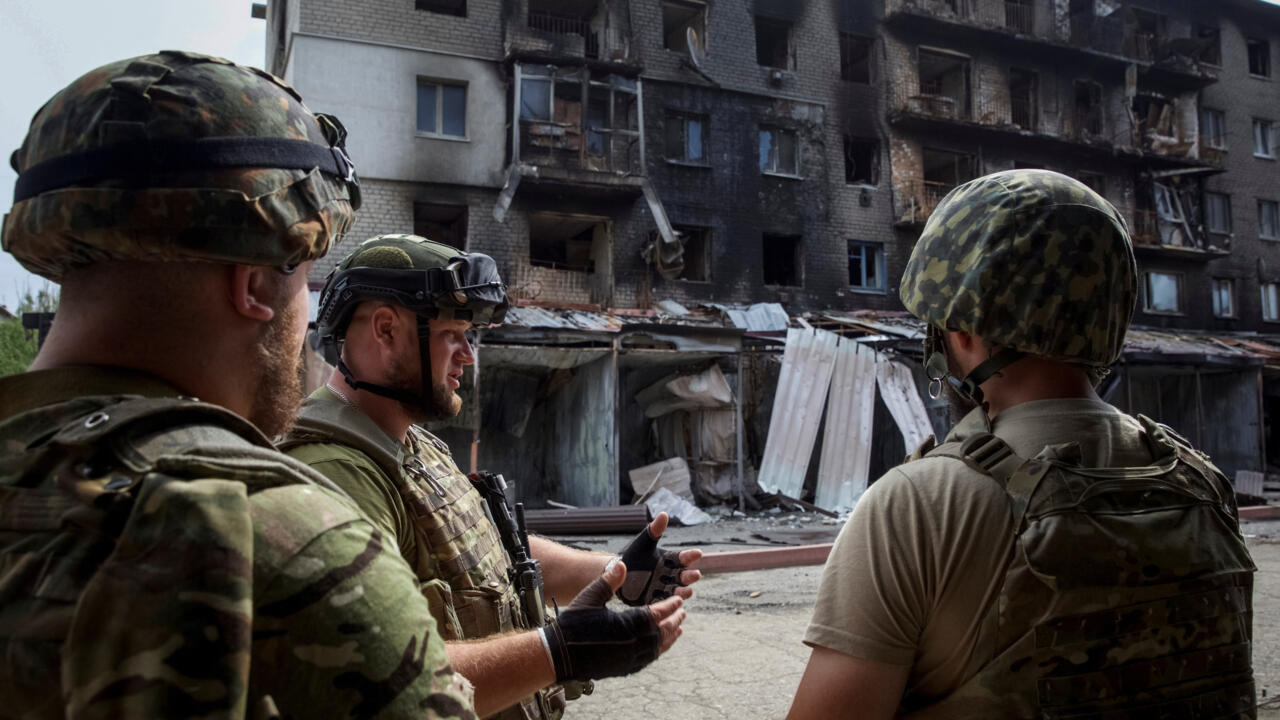In her latest analysis with the Center for European Policy Analysis (CEPA), expert Kateryna Odarchenko unveils how Russia methodically fortified Crimea and Donetsk before its full-scale invasion, shaping the region into a strategic springboard for aggression.
🛡️ Deep-Fortified “Rear Areas”
- Crimea as a logistics powerhouse: Russia transformed key Crimean cities like Sevastopol, Simferopol, and Dzhankoi into massive military logistics hubs—equipped with extensive rail lines, roads, and supply depots—for sustaining operations in southern Ukraine.
- Military and civilian facilities repurposed: Hospitals in Sevastopol and Feodosia were converted into treatment centers for Russian wounded before the 2022 invasion.
🚨 Strategic Defenses and Civilian Control
- Crimea’s dense air defense grid: Russia bolstered Crimea’s defenses by deploying advanced systems including S‑500s, rail transport redundancy, and maritime barriers around the Kerch Bridge—countermeasures driven by Ukrainian drone attacks ukrainetoday.org.
- Fortifying against sabotage: Trenches, fortifications, and anti-tank obstacles were installed along beaches and western shores of Crimea—anticipating amphibious landings cassbeth.com.
🔍 Donetsk & Hybrid Warfare Tactics
While Odarchenko focuses on broader hybrid tactics—including media, religious institutions, and diplomacy—the article spotlighted how Russia embedded ideological and cultural war instruments long before open conflict.
🚀 The Broader Implications
- Crimea as gatekeeper of the front: With Russia using the peninsula as a staging ground, Odarchenko warns that Ukraine’s efforts to disrupt Crimean logistics and air defense are central to weakening Russia’s hold.
- Reclaiming hybrid battlegrounds: Odarchenko stresses that Russia’s blend of soft- and hard-power tactics since 2014 laid the groundwork for open invasion, undermining Ukraine’s unity and international support.
Full article: https://cepa.org/article/how-russia-prepared-crimea-and-donetsk-for-attack/

